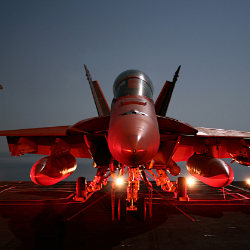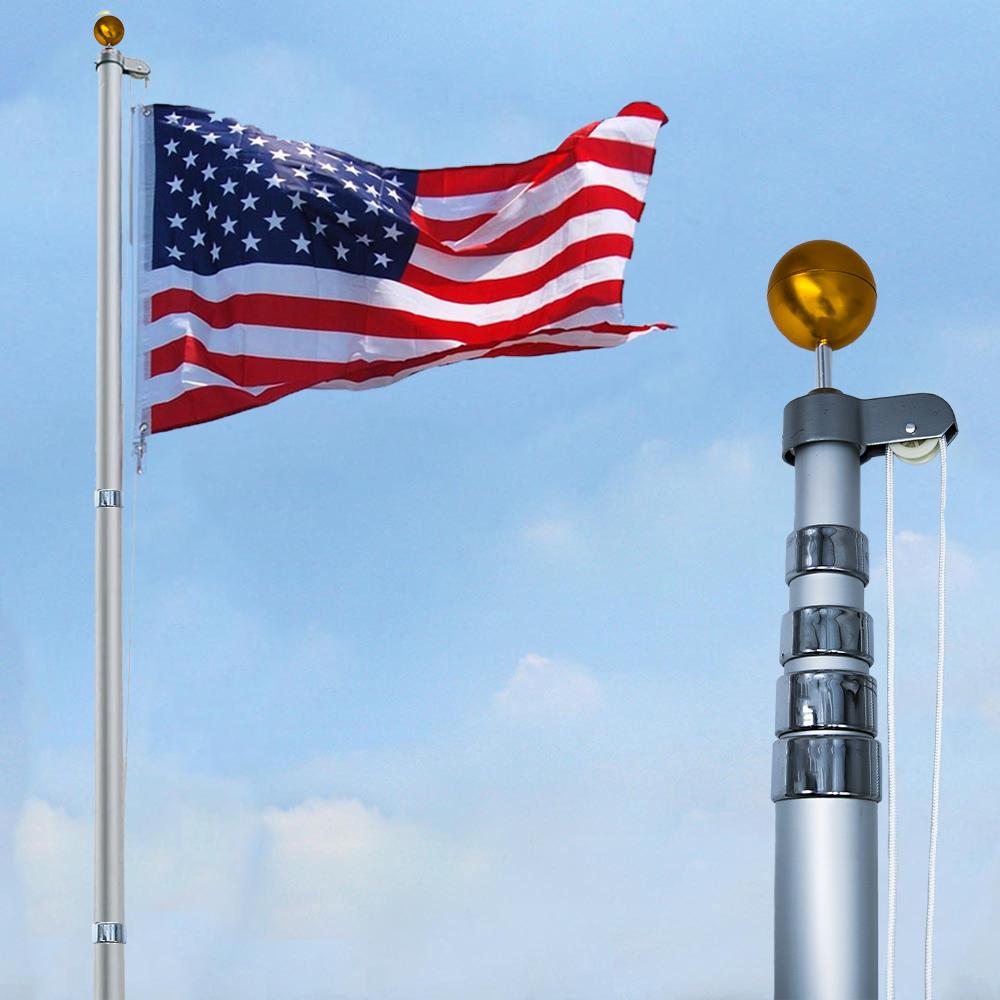
How Pearl Harbor Shaped the Modern World as We Know Today
December 7, 1941 is still a day that lives on in infamy, as predicted by FDR.
On this Pearl Harbor Remembrance Day, it’s important that we reflect on just how Pearl Harbor shaped the modern world and what it did to propel the United States onto the world stage.
It’s also a moment to remember the importance of honoring Pearl Harbor with the American flag — a tradition that continues to connect history with patriotism today.
Let’s take a look at the ways this treacherous day in US history shaped our world as we know it today:
It Reinvented the Workplace

Pearl Harbor indirectly changed the modern workplace, specifically for the role of women.
Prior to the attack and the wartime mobilization it demanded, women were primarily homemakers while men did most of the labor outside the home.
But after Pearl Harbor, with most able-bodied men sent off to war, women stepped in to fill essential roles in factories and industry.

Although men returned and took back many jobs after the war, women never left the workforce completely.
Today, women make up half of all workers — a legacy of that change.
This shift also influenced how families and patriotic homes viewed unity and contribution during times of national need.
It Solidified the US as a National Player

Pearl Harbor had wide-reaching international effects since it caused the United States to fully enter World War II.
After the war was won, only the US was left standing mostly intact.
European democracies and other powers were devastated, but America emerged as the single dominant global force.

This allowed the US to become the leader of the free world, with unmatched wealth and infrastructure to defend new democracies.
It Established America’s Navy as the Strongest in the World

Before Pearl Harbor, America’s Navy was strong but not the dominant power it is today.
Both Japan and Great Britain had significant naval forces that rivaled the US.
But the Japanese attack changed everything.
It solidified the necessity of building an unbeatable Navy that could never be caught off guard again, leading to rapid investment in more aircraft carriers.
This shift echoes the enduring story of flagpole history in America, where resilience and strength became defining features of our national identity.

It Led to the End of WWII
Ultimately, Pearl Harbor shaped the modern world because it directly led to World War II’s conclusion.
Once the United States entered the war fully, the outcome was inevitable — the manpower and resources America brought to the fight doomed the Axis powers and ensured Allied victory.
While we remember the loss of life on that dark day, we also recognize how it helped define the United States’ destiny.

Today, one of the most meaningful ways to honor that destiny is by flying the American flag at home, showing respect for those who served and for the freedoms secured in their sacrifice.
Thank you for reading, United we STAND.
Justin | STAND Flag Poles
Maine, USA
BACK IN STOCK
Giant Telescoping Flag Pole Kit

- Extends up to 20 feet with telescoping 5' sections
- Can fly 2 flags at the same time
- Tangle-proof halyard
- Crafted from 16 gauge rustproof aluminum
- Free 2-5 Day USA Shipping for a limited time
SHOP NOW


















